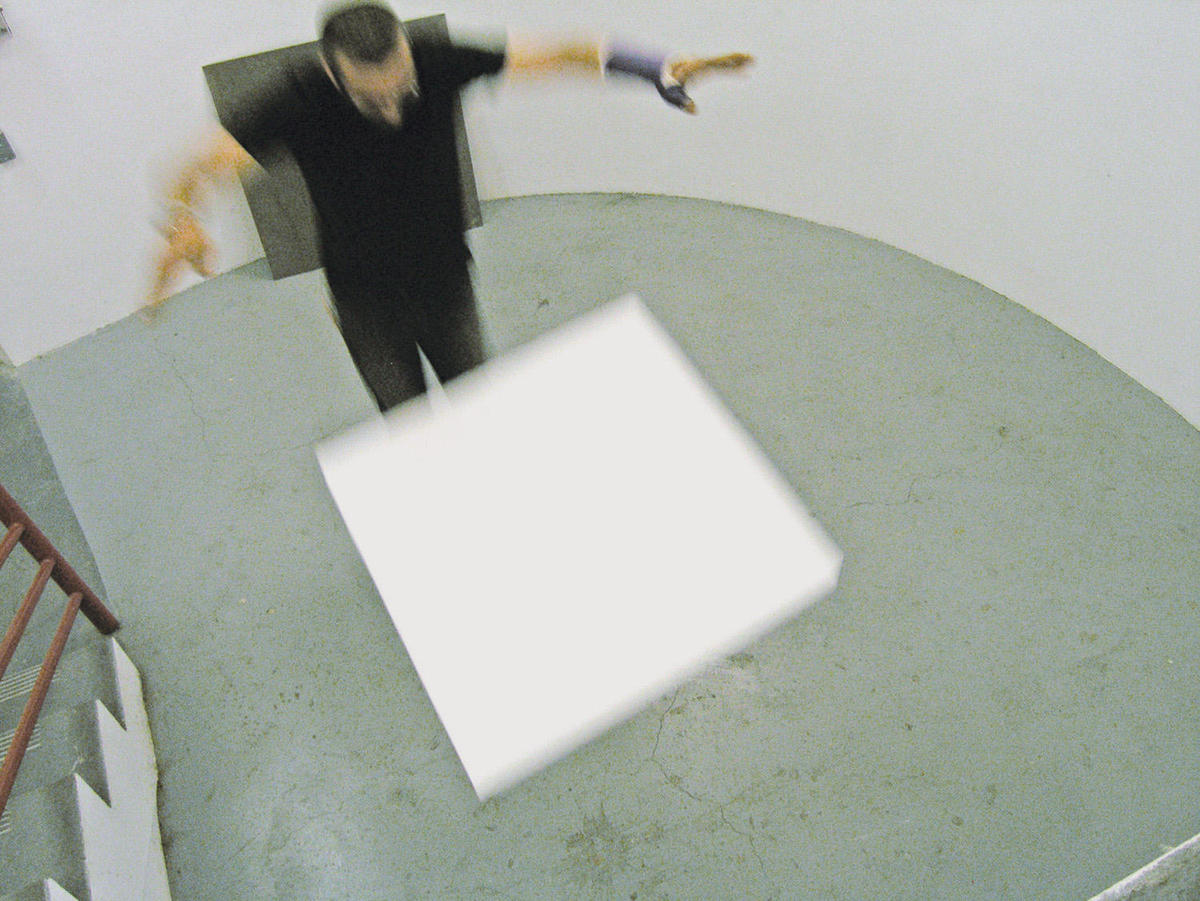
Mohammed al-Riffai’s surprisingly unironic artistic practice asks us to take amateur science seriously. Since 1999, Riffai, an Ottawa-based independent architect, has been creating extended “science in the basement”–type experiments, from collaborative audio performances at Alberta’s Banff Centre, to a mountaintop installation on Egypt’s Sinai Peninsula, to an outdoor audio installation in war-destroyed Aley, Lebanon. All his projects take a poetic approach to concerns that most often fall into the preserve of natural science research; they are often ruminations on the nature of sound and other natural forces.
We’re used to holding science accountable to the most rigorous of procedures and carefully calibrated processes of discovery, so it’s not easy to accept the empirical terms with which Riffai often frames his work; it’s also not necessary. While it may be, in his words, “science with a limp,” his work betrays a tenderness and childlike awe that resonates with the original impulse of scientific exploration.
The mode of observation his work encourages is one of immersion and immediacy. At the same time, most of his site-specific pieces are recorded, of necessity, on video and film, a media intervention that has an important impact on how his work is understood, and that can be misleading if substituted for the real thing.

A putative goal of Frozen Sands Infinite River, Riffai’s current project, is to demonstrate sound’s structural quality. Sine signals (what he calls “sound sand,” or the “basic unit of everything aural”) are beamed at a layer of wet plaster encased in a box-shaped device, which Riffai refers to as a “womb.” As the plaster hardens, it forms a mold of the signals at a molecular level, while slowly becoming less responsive to the influence of the signals that are structuring it. When dropped, the mold, which otherwise looks like any other slab of plaster, breaks along the axes and lines of these imprinted signals.
A series of photographic stills help represent the work; a roughly outlined plaster mold falls and then smashes against the floor, fracturing into a crystalline pattern of shards. The photos of the falling mold document one element of the process but obscure a central preoccupation of the larger work: they suggest a model of change as sudden rupture, or as a series of small changes culminating in a large, manifest transformation; Frozen Sands Infinite River instead explores accumulation as a paradigm of change.
In the future, Riffai plans to make silicone molds of the fractured slabs. These slabs will be used, in turn, to create sculptures out of pewter, a highly malleable alloy. A number of these sculptures will be combined, as if they were elements of what Riffai refers to as a musical composition, or of a conversation.
The sculptures will represent the final pro duct of cumulative artistic mediation. Their recomposition into a whole is intended as a final visual representation of the sound structure, a stable artistic object capable of representing nature. Inevitably, however, the soft pewter structure will itself begin to morph, resulting in yet another form.
“Accumulation” is perhaps the most appropriate term for describing the way in which the “powerful invisible” functions for Riffai. Accumulation, after all, opposes a linear, goal-oriented concept of agency. Riffai’s explorations imply the significance of those forces acting on us from outside the realm of the knowable. Such forces serve in his work as an invisible structure that cannot be directed, but only observed and registered.
Ultimately, this amateur science puts one in mind of mad science. The relationship between sound and structure that Riffai seems intent on exposing is too indirect; one loony solution after another presents itself, in a seemingly infinite progression into outer space. However, in this dramatization of the scientific proof, each step is so carefully executed, watched, and recorded that an eloquence that has nothing to do with “arriving” becomes central — an eloquence that must be at least part of the reason why we are, in these works, willing to forsake empiricism for lived experience.